
“Colonial site,” announces a sign along the side of the road when you’re coming from Samara. Sure enough, you’re in Costa Rica’s colonial city. Although if you compare it with other towns in Central America that have the same distinction, Nicoya may go quite unnoticed. That’s just because you haven’t explored it to discover its charms.
It preserves the oldest church in Costa Rica, dating from 1544 and honoring Saint Blaise (San Blas), one of the patron saints of Nicoya. And in the surrounding streets, you’ll still find ancient architecture such as the Cabildo de Nicoya (the town hall) and some wooden houses concentrated in the La Cananga neighborhood, in the heart of the city.
Along with these remnants of infrastructure, a unique geography also survives: a hill that guards a sleeping snake, caves where our ancestors surely lived together, and mountains from which you can see from the volcanoes in the north of the province to the coast miles away.
Its people and their memories have also managed to preserve traditions, gastronomy and a rich culture.
That’s why The Voice’s team wanted to put together two guide options to be a tourist without going to the beach for 72 hours in Nicoya. The first guide proposes ideas for the most adventurous people and the second is for the easygoing. Organizing these recommendations to your liking is also an option.
GUIDE I. ADVENTURE
Friday
Sunrise at Cerro Caballito:
Probably the most popular site in Nicoya at the moment. The Cerro Caballito tour is guided by Víctor Obando, who comes from Nicoyan lineage and has shared the benefits of his family’s land for 12 years. From the hill, you can see practically all of Guanacaste, from the Orosi and Rincón de la Vieja volcanoes, in the north of the province, to the Gulf of Nicoya and the Peninsula. To be delighted by a sunrise, you can start climbing at 3 a.m. We suggest you coordinate with Víctor so that his family prepares a Guanacastecan breakfast for you when you descend. You can also choose to go up to see the sunset and even camp on the hill.
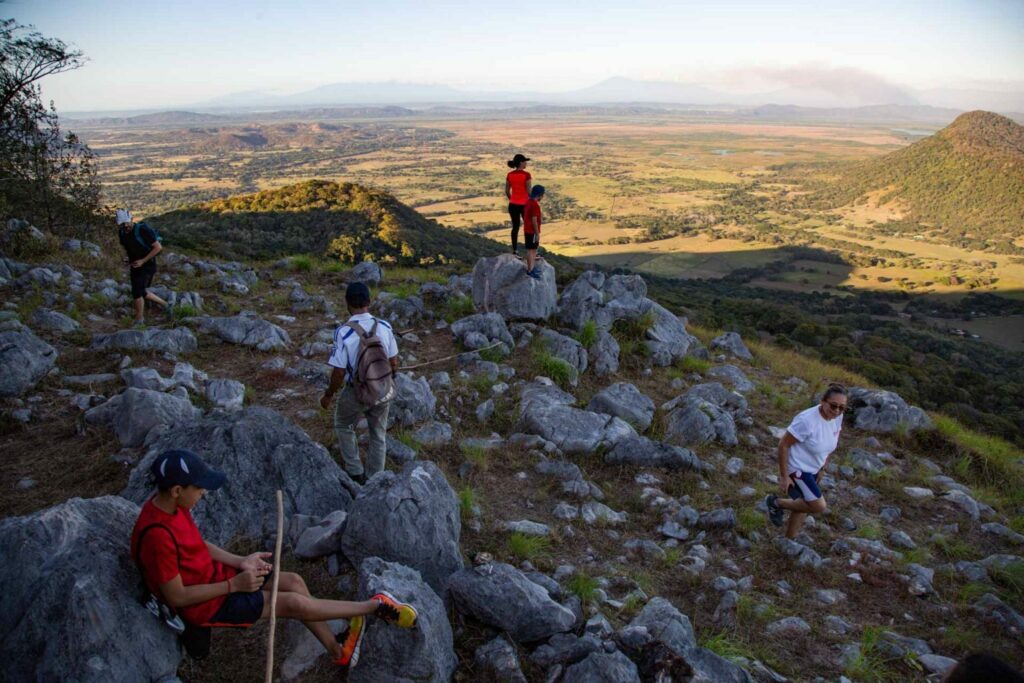
Cerro Caballito en Nicoya
To the coyolera by bike:
After resting for a while from the climb, you can take your bike, your car or run about 10 kilometers (about 6 miles) from the city center to Coyolera Tony, a place where they’ll serve you authentic coyol extracted from trees that you’ll see at the back of the property. The coyolera is a rustic and very popular type of soda (small restaurant) along Route 21, which goes to Santa Cruz. Stopping there to drink this Guanacaste elixir is practically mandatory. We also recommend that you try the achiote chicken.
Chifrijo in El Retoño:
The day can end with a visit to El Retoño, a bar less than a kilometer (about half a mile) from downtown where you’ll find a variety of options for dinner. This bar’s star item is the chifrijo (a traditional dish with chicharrón and beans), although other good recommendations are the patacones (deep fried plantains) and the Mexican meat. The atmosphere there is typical of a town bar: pleasant, friendly and with very cold beers.
Saturday
Town museum and caves:
Have whatever breakfast you like and then head out to visit the town of Quebrada Honda and, nearby, Barra Honda National Park.
We’ve described Quebrada Honda before as a “living museum.” In fact, Nicoya’s first settlement was established here, formed by teacher Recaredo Briceño. Nicoya’s park is named after him. The small community has wooden houses and mosaic floors.
Walk around and see the well taken care of houses of the people who live there, a good portion of whom have lived a long time. Hopefully, you’ll be able to strike up conversations with a family and learn more about the community’s history from its inhabitants.
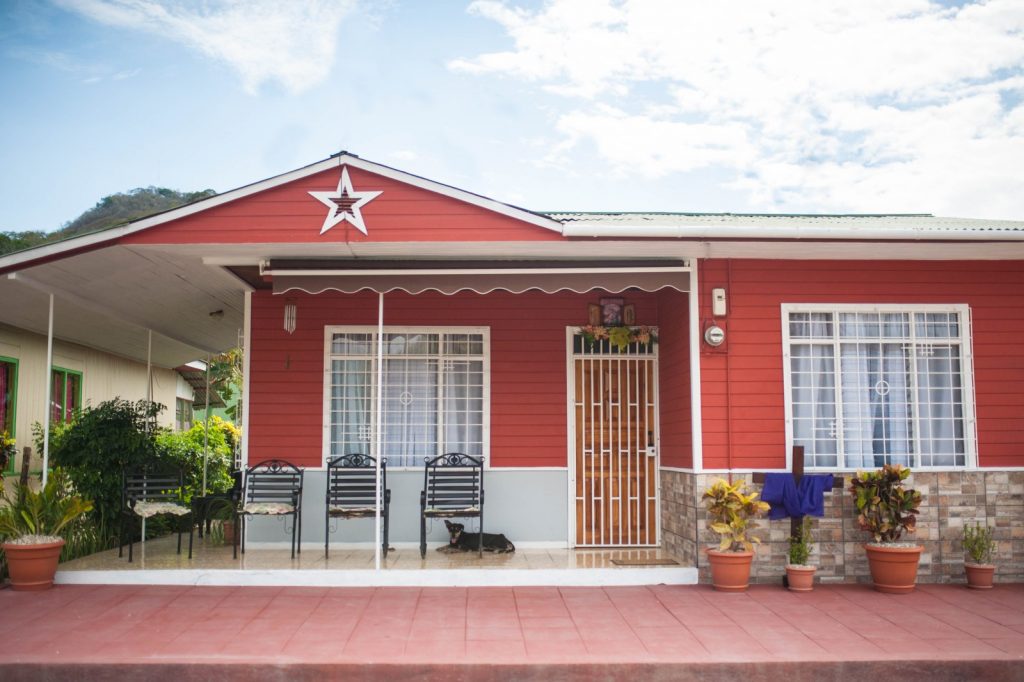
Afterwards, continue towards Barra Honda. This national park will make you forget Nicoya’s high temperatures for a moment, since its natural wealth lowers how hot it feels. Here, you can walk along the trails, go down into the caves and even visit Nacaome Viewpoint. Near here, the oldest remains of megafauna in Costa Rica were found. Learn more about this here.
Experience gastronomic tourism in El Sitio de don Pedro:
To end the day, you can drive from Quebrada Honda to the Guanacasteco Restaurant and Coyolera El Sitio de Don Pedro, where you can enjoy a gastronomic experience. They have soups, seasoned chickens, rosquillas (corn-based donut-shaped cookies), tanelas (baked goods made from corn flour) and traditional tortillas. The best thing is that you can see how they are prepared up close in their clay ovens.
If you were left wanting more coyol, here is a great option to ask for another glass (or liter).
Sunday
Climbing up La Cruz Hill:
Get up very early and climb to the top of La Cruz Hill. If you walk from the center of town, it can take you 10 to 20 minutes to reach the foothills.
This formation holds one of the most emblematic legends of Nicoya: a snake sleeps under the hill. That’s why, every May, the Catholic Church leads a pilgrimage to the top of the hill with the entire town to intercede so the serpent that could cause an earthquake doesn’t wake up.
Every day, several people go up at sunrise and at sunset to get exercise and view the town from the top. From above, you’ll hear sounds from the city as if they had a loudspeaker.
Take into account that the difficulty level is moderate. From the foot of the hill to the top, depending on your condition, it could take between 20 and 40 minutes. If you go up in the afternoon, you’ll likely be able to see the ocean illuminated by the setting sun.
Take water and a snack with you, just in case. A perfect plan would be to go up with a thermos of coffee and something to eat: pejibayes (peach palm fruit) or rosquillas.
Full breakfast at Café La Fonda
After you climb back down, go to the south side of the canton’s new church— 100 meters north of the colonial square— and visit Café La Fonda, a restaurant that serves traditional Guanacastecan food cooked over a wood fire. Here, you can eat a variety of things, from gallo pinto (seasoned rice and beans mixed together) to cuajada (curd cheese), tayuyas (tortillas made by hand with beans and cheese) and chorreadas (corn pancakes). They also prepare traditional lunches such as chicken, corn rice, pozol (a cocoa drink) and olla de carne (a stew-like dish).
A dip in the Belén Waterfalls:
In the afternoon, drive in the direction of Sámara to visit the Belén waterfalls as a way to cool off during the dry season. Here, you’ll find the waterfalls and natural pools refreshing. Admission is free and we recommend taking your own snacks and other food to share on the river bank.
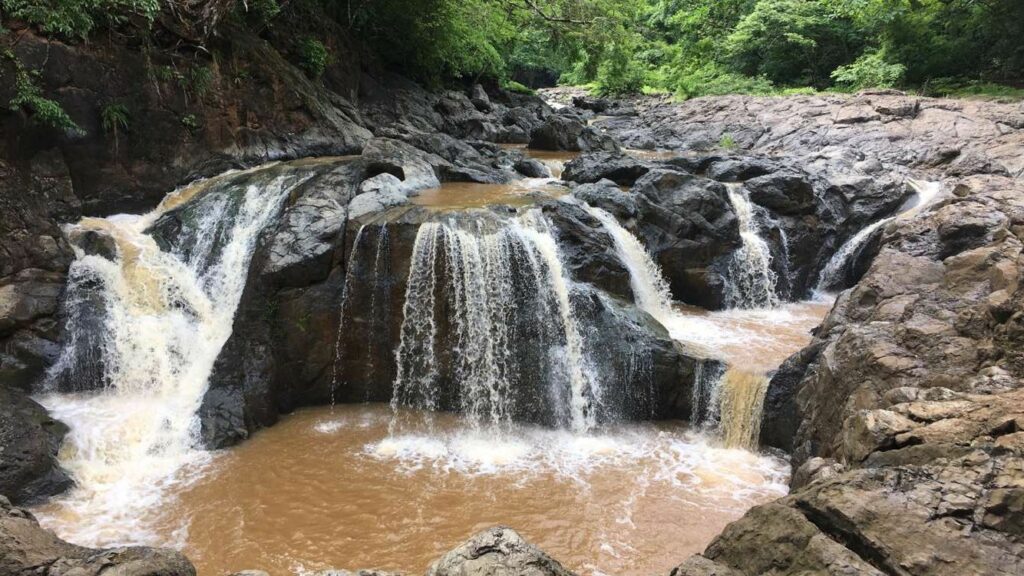
An unbeatable pizza at La Fulana Cosa
As a grand finale after three days of activities in Nicoya, visit La Fulana Cosa, an Italian restaurant a couple of kilometers (a little over a mile) from the center of Nicoya where trying the pizza is a must. They have more than 20 options with an infinite number of fresh ingredients and with some names that will peak your curiosity, like Dolor de Huevos (Pain in the Balls), Fuerza en puta (Strong as hell) and Tuanis mae (Too nice, man). Their sangria and other cocktails are refreshing and exquisite. If you’re lucky, they might have live music.
GUIDE II: EASY GOING
Friday:
Buy local products at the farmer’s market and Las Guayabitas Market:
The Nicoya Farmer’s Market takes place on Thursdays and Fridays in the market parking lot. It’s a small market, but you can buy local foods directly from the producers here such as pujagua (purple corn), pipián (cushaw squash), chilotes (baby corn) and local fruits such as guindas (sour cherries). In this playlist, you’ll find recipes made with products like the ones that we mentioned. Watch them, make a list of the products you need and look for them at the farmer’s market.
If you want to shop for more local ingredients and prepared foods, walk to Las Guayabitas Market, also known as Mercadito Nicoa. It’s located across from the canton’s Courts of Justice. There, you can buy pujagua corn atol (a hot drink), rosquillas, tanelas, yol tamales (made with tender corn) and endless other products.
Tour the historic downtown area:
After shopping, you can walk around downtown Nicoya. Visit the Brotherhood in honor of the Virgin of Guadalupe, an organization that keeps alive the indigenous and Catholic traditions that blended together in colonial times.
It is usually closed, but from time to time, they open to prepare and sell meat roosters, chicken and ancestral drinks such as chicheme (made with corn) and tiste (made with chocolate). If you want to know more about this organization, visit the town during the festivals for the Virgin, between November and December.
Then walk to the park. Enjoy the shade provided by the abundance of trees, which are home to squirrels and iguanas. You’ll see three busts: one of Recaredo Briceño, who the park is named after; Rubén Darío, the Nicaraguan poet, and Rogelio Fernández, another favorite son of the canton who donated the land where La Anexión Hospital is located.
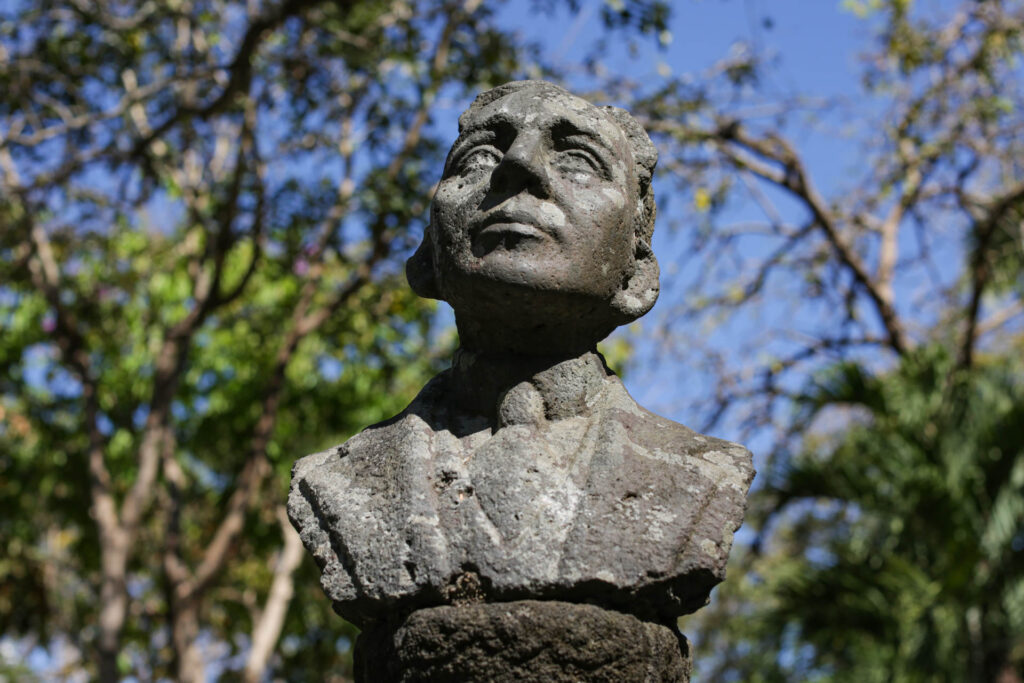
Don’t forget to enter the colonial church, the oldest in Costa Rica, which is also called a museum since it holds stories and treasures that tell about how the community evolved. Learn more about the San Blas museum here.
To finish your tour of downtown, walk through the La Cananga neighborhood to see the colonial-style wooden houses. We recommend that you make a stop at Doña Nidia’s homemade ice cream, in a house located 100 meters west of the Coopeguanacaste office. Doña Nidia only accepts cash.
Quality cuisine in CanelAzul
End the day with a visit to CanelAzul, where chef Daysi Barrantes and her colleagues will offer you multiple high-quality gastronomic options, from sandwiches to pasta, hamburgers and good coffee and pastries. Daysi has taken it upon herself to find the best and freshest ingredients with local producers in order to create the dishes.
Saturday
The tourist route in Matambú:
About five kilometers (about 3 miles) from the center of Nicoya, you’ll find Matambú, the only indigenous territory in Guanacaste. There, community leader Ezequiel Aguirre owns a property of 20 kilometers (about 50 acres) of dry tropical forest offering trails, waterfalls and natural pools.
You can also learn to make pottery with Ezequiel and his family.
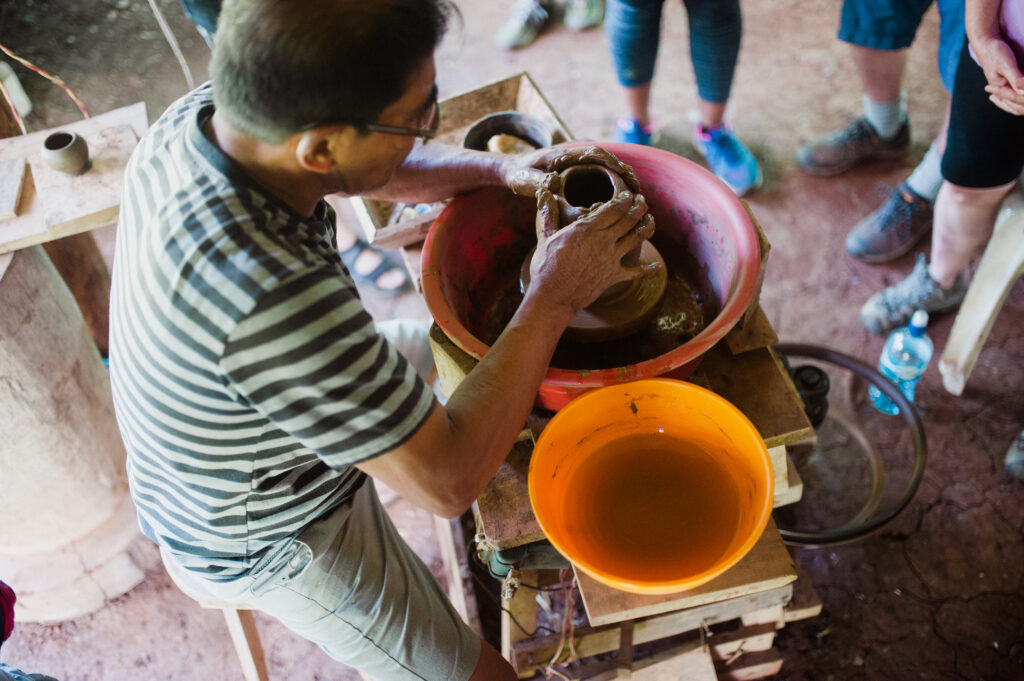
A trip back in time in Mansión:
In the 40s and 50s, Mansión was the commercial and social center of the Nicoya Peninsula. Its location was ideal for both dynamics: halfway between Nicoya and Hojancha and close to Puerto Jesús, one of the main entry and exit ports for goods in all of Guanacaste. The town was founded by a Cuban revolutionary named Antonio Maceo.
Read the town’s history in this article and when you pass through it on your way back from Matambú, try to find the five sites in the photographs.
Coffee, pastries and more at Nativo or La Caste
When you get back to Nicoya, we recommend visiting Nativo, located in Plaza Amara, the shopping center at the entrance of Nicoya, or La Caste, a bakery just 200 meters from the colonial church.
Both places are owned by the same family and the quality of their bakery and pastries is enviable.
At Nativo, you’ll probably run into Jean Paul Jiménez, a young barista who has made his way in specialty coffees. There you can get the Nativo coffee that he and his family are producing.
A recommendation if you opt for La Caste is their spicy bread stuffed with beans and cheese. A delight to have with coffee. At Nativo, we recommend everything from their tacos to their sandwiches. But please, don’t leave without trying their coffee.
Sunday:
Pedaling in Pozo de Agua:
To finish off your visit to Nicoya, drive about 30 minutes to the community of Pozo de Agua, on the banks of the Tempisque River. There, you’ll find El Tieso, an ecological tourism center that the community made where you can do water sports, bird watching, view hills such as Corral de Piedra and Caballito and taste Guanacastecan food such as pozol, pujagua corn soda and pipián stew with Guanacaste-style tortillas. Families from the community run the project, so with your visit, you’ll help boost their economy.
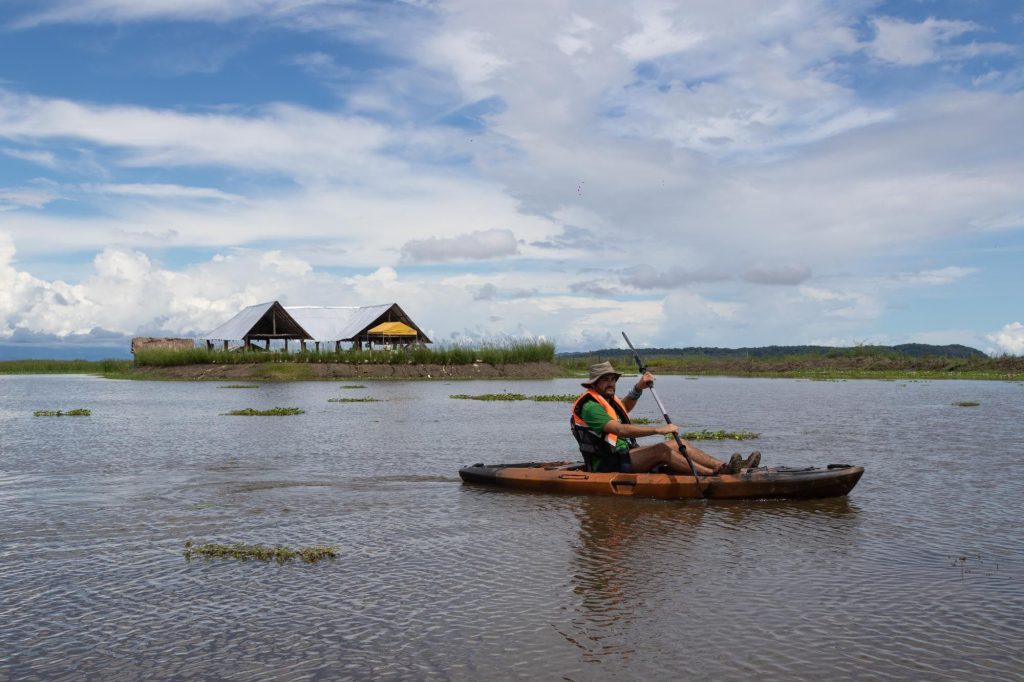
The best sunset in Sabor de la Montaña:
Drive to the other end of Nicoya, heading toward Sámara, for 20 kilometers (about 12 miles). You’ll arrive at the community of Cuesta Grande. There, turn right onto the street that heads to the district of Nosara. As you go up the high mountains of the community, called Zaragoza, you’ll come across El Sabor de la Montaña, a restaurant with a unique view of the Nicoyan coast.
From there, you can see the sun dropping down over the ocean and a multicolored sunset. Bundle up! You’ll run into cooler temperatures and wind here.
OTHER PLACES TO EAT
A new cafe in the canton that offers coffee, pastries and, of course, pizzas. Their ingredients are fresh and the place is very pleasant and comfortable. Also, if at any time you need to have a good internet connection to work, this is an excellent place.
Favorite is a local pizza place that gives fast food chains some competition. Its owners are locals and a few years ago, they also opened a place in Santa Cruz. They’re also going to open a new establishment in Nicoya soon.
If Asian food is your thing, Cuatro Estaciones won’t disappoint. The portions are generous and it’s a popular place for visitors and locals. It has the distinction of being one of the few restaurants in the canton that has parking and air conditioning.
Probably the most aesthetically pleasing bar-restaurant in the canton. Their food, cocktails and atmosphere are a good fit for groups of friends, mainly on a Friday or Saturday night. It’s also a good option for watching games.
Located in La Cananga neighborhood. This seafood restaurant offers you a wide variety of options for your lunch or dinner. Fried ceviche, chifrijo and whole fish are some of its signature dishes.
Bernina offers you gourmet cuisine for lunch and dinner. They also make bread and have an art gallery. If you want to go, reservations are recommended.


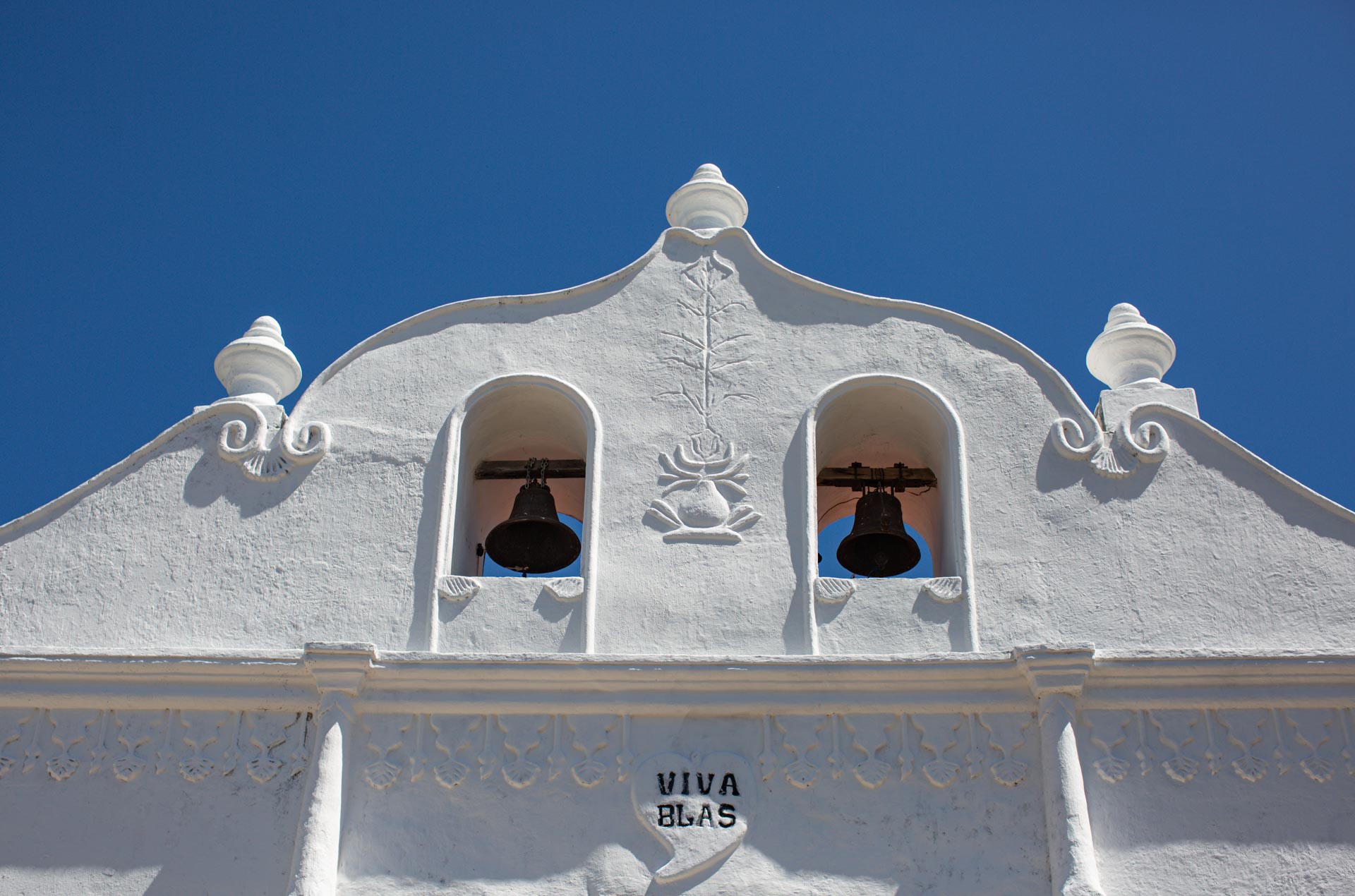
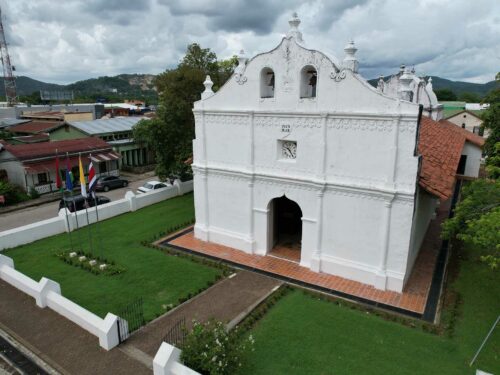
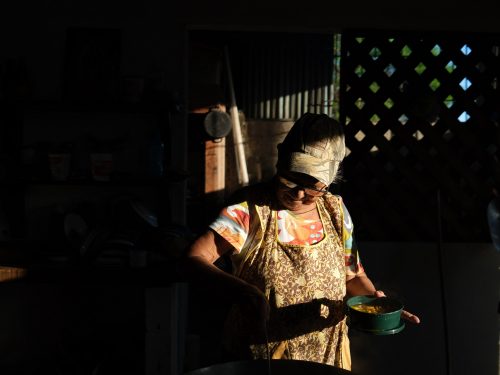
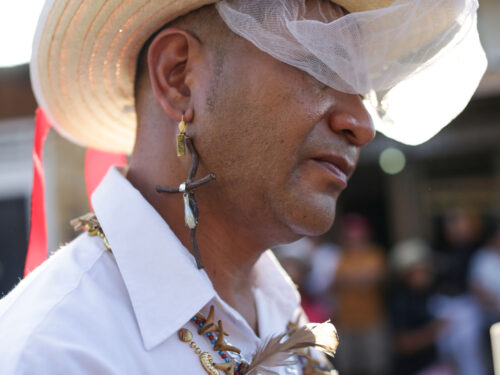

Comments